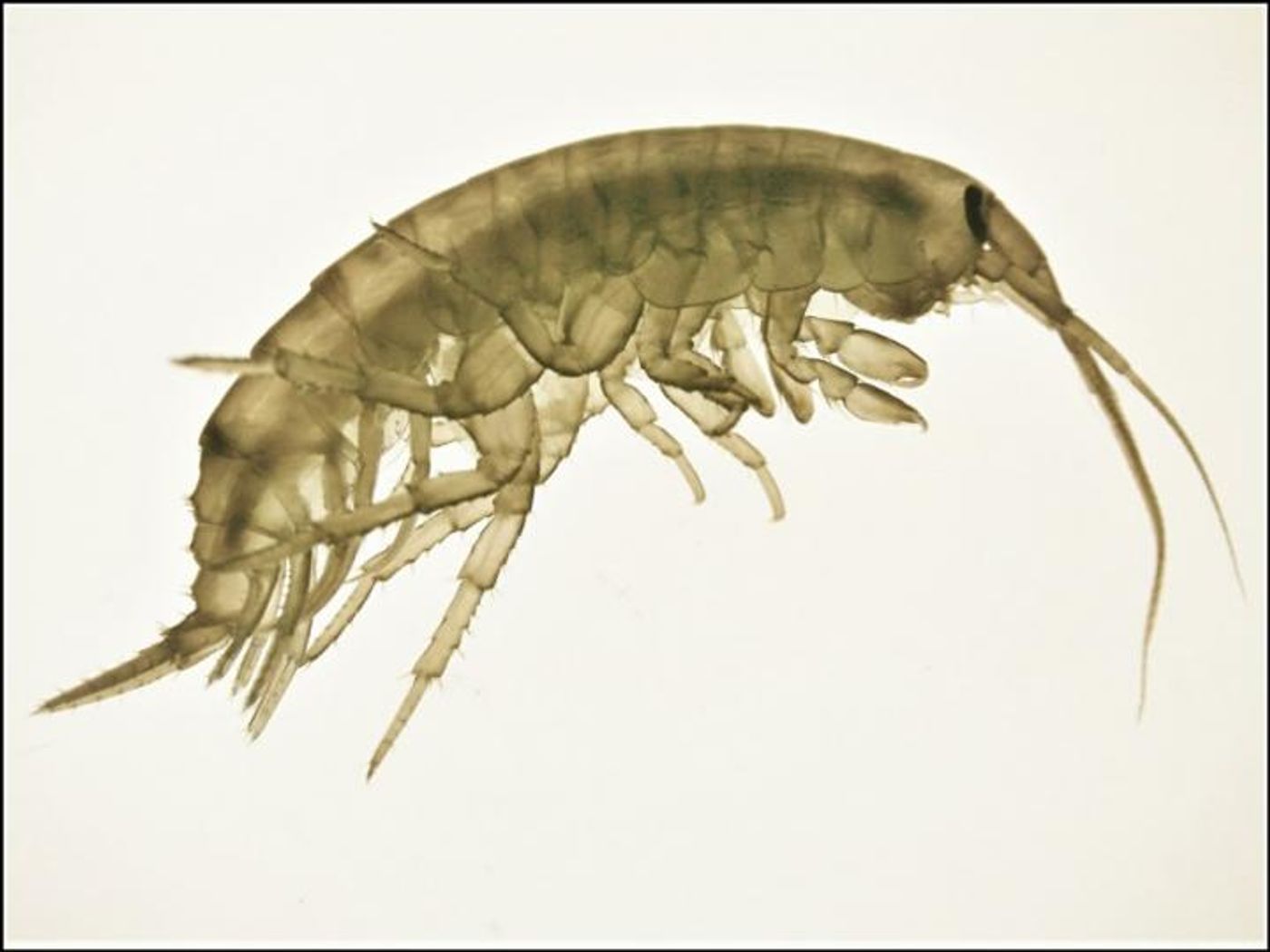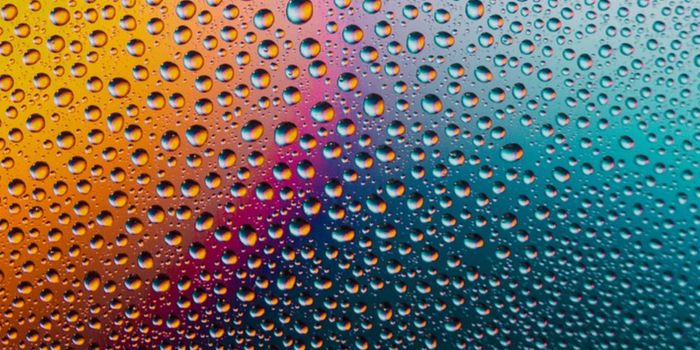Making Accurate Assessments of the Environmental Impact of Pollution
Our world is faced with growing levels of pollution. Researchers at the University of Portsmouth wanted to learn more about how these environmental changes are impacting the behavior of wildlife, and have created new scientific assays to learn more. The field that is focused on this study is called behavioral toxicology, and it is getting more attention as findings indicate that exposure to chemicals does, in fact, alter the habits of animals. Behavioral testing can present challenges, however, and one critical aspect of an experimental design is reproducibility. Scientists set out to see how experimental conditions might alter the tests that are used to look at the environmental impact of pollutants.
Organisms sustain themselves through their diet, by mating, and by escaping danger, all of which depend on their behavior. If chemicals begin to disrupt these habits, it could spell destruction for an animal, or have serious ripple effects on the food chain. Amphipods are small crustaceans often used to study environmental toxicology.
Led by Professor Alex Ford and graduate student Shanelle Kohler of the University of Portsmouth, the team has already found that amphipods like to swim away from light, and to touch the walls of their tanks, called negative phototaxis and positive thigmotaxis, respectively. Next, they looked at how those preferences could be altered by minimal changes in experimental conditions.
When tank size and shape was changed, the swimming speed and the amount of time the amphipods spent next to a wall also changed. Those findings were reported in PeerJ. They have also determined that two different species of amphipods had very different reactions to light bursts. That data has been published in Aquatic Toxicology.
The researchers explain the significance of their findings. "These results are really important for us and the scientific community in determining the correct experimental design,” said Professor Ford from the University's Institute of Marine Sciences. “If scientists don't give the organisms the space to behave they might not detect the impacts of chemical pollution."
"Environmental toxicologists around the world often use similar processes but not always for the same species for their pollution testing,” he added. “This could lead to two groups of scientists getting very different results if their study organism [is] not the same species. For example, a chemical might have the capacity to alter a certain behavior but if two closely related species have subtly different reactions to a stimulus (light for example), then this might mask the impacts of the pollutant."
"These results highlight the importance of standardizing behavioral assays, as variations in experimental design could alter animal behavior,” he added. “It is essential to gather baseline behaviors on your test organism to ensure that they are sensitive to your assay and prevent erroneous interpretations of results, for example, is your animal unaffected by your contaminant or are they simply not sensitive to your assay?"
"One of the critical issues in scientific ethics is the necessity to choose the least sentient organism possible for use in research,” said co-author Dr. Matt Parker, Senior Lecturer in Behavioral Pharmacology and Molecular Neuroscience at the University of Portsmouth. “This set of studies has highlighted behavioral diversity in two closely related invertebrate species, suggesting that these organisms may be useful for studying the basis of more complex behaviors, and the potential to study the effects of different drugs on behavioral responses."
Learn more about how pollution like a plastic bag can impact wildlife from the video, by National Geographic.
Sources: AAAS/Eurekalert! Via University of Portsmouth, PeerJ, Aquatic Toxicology











